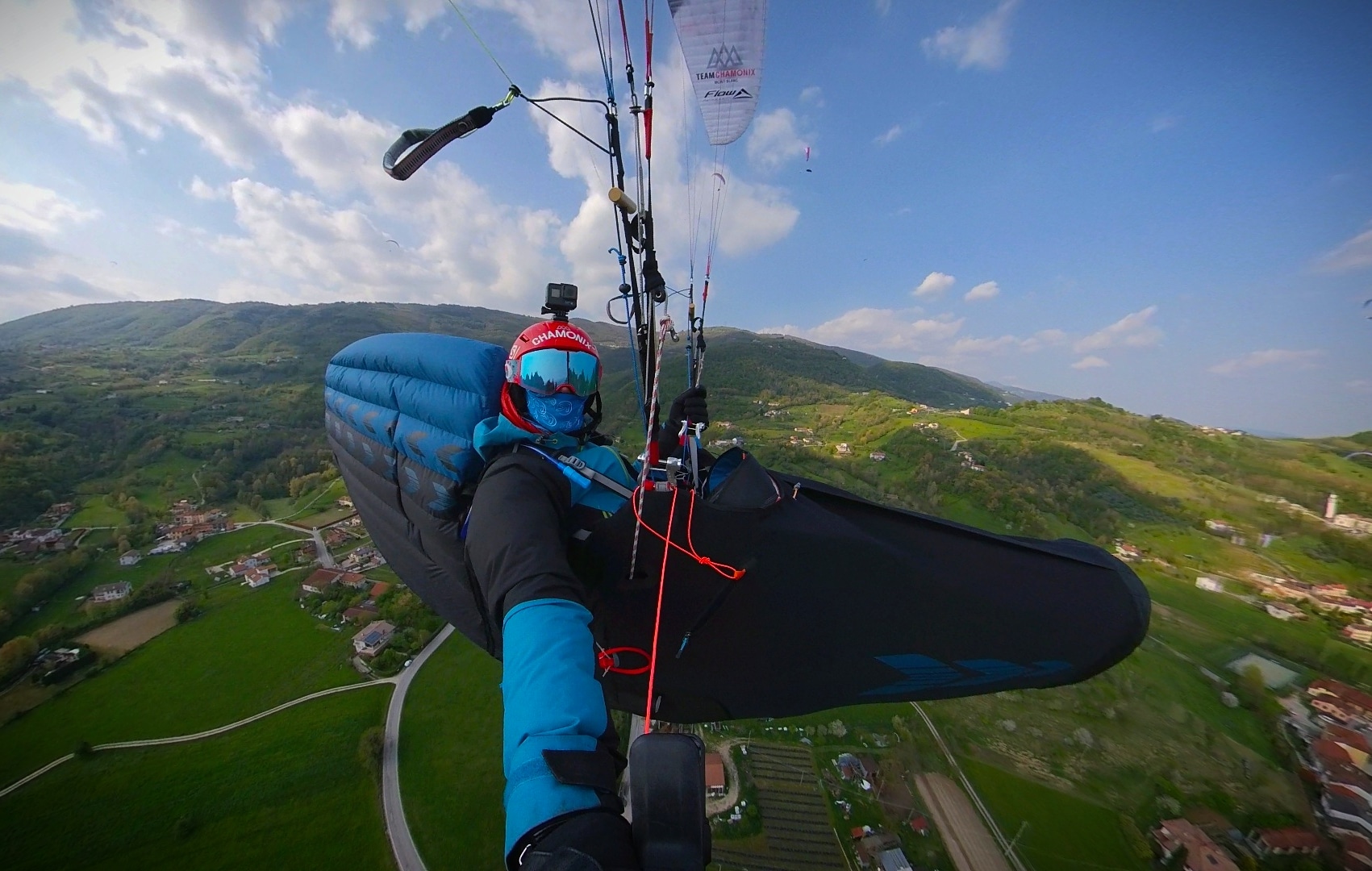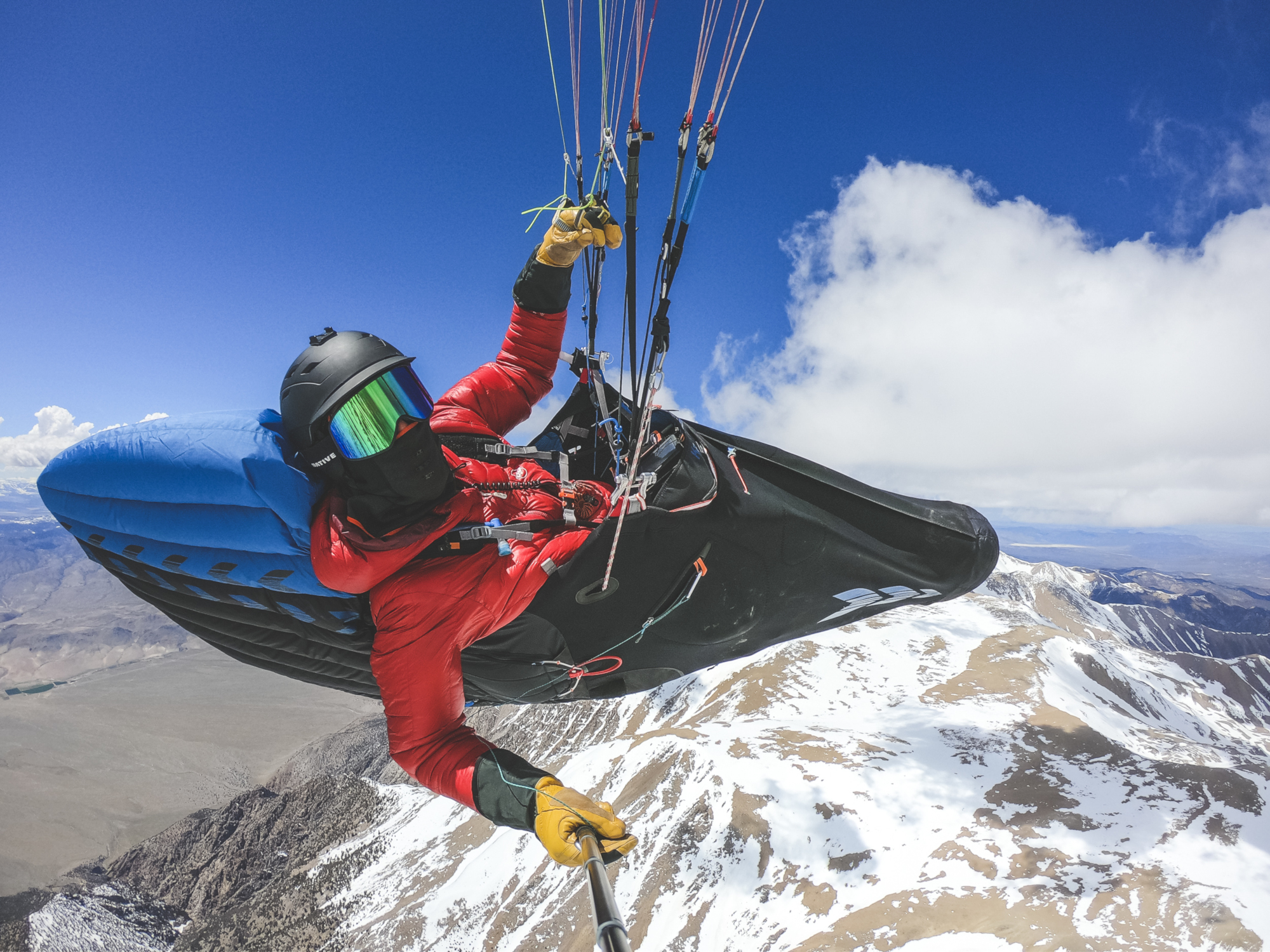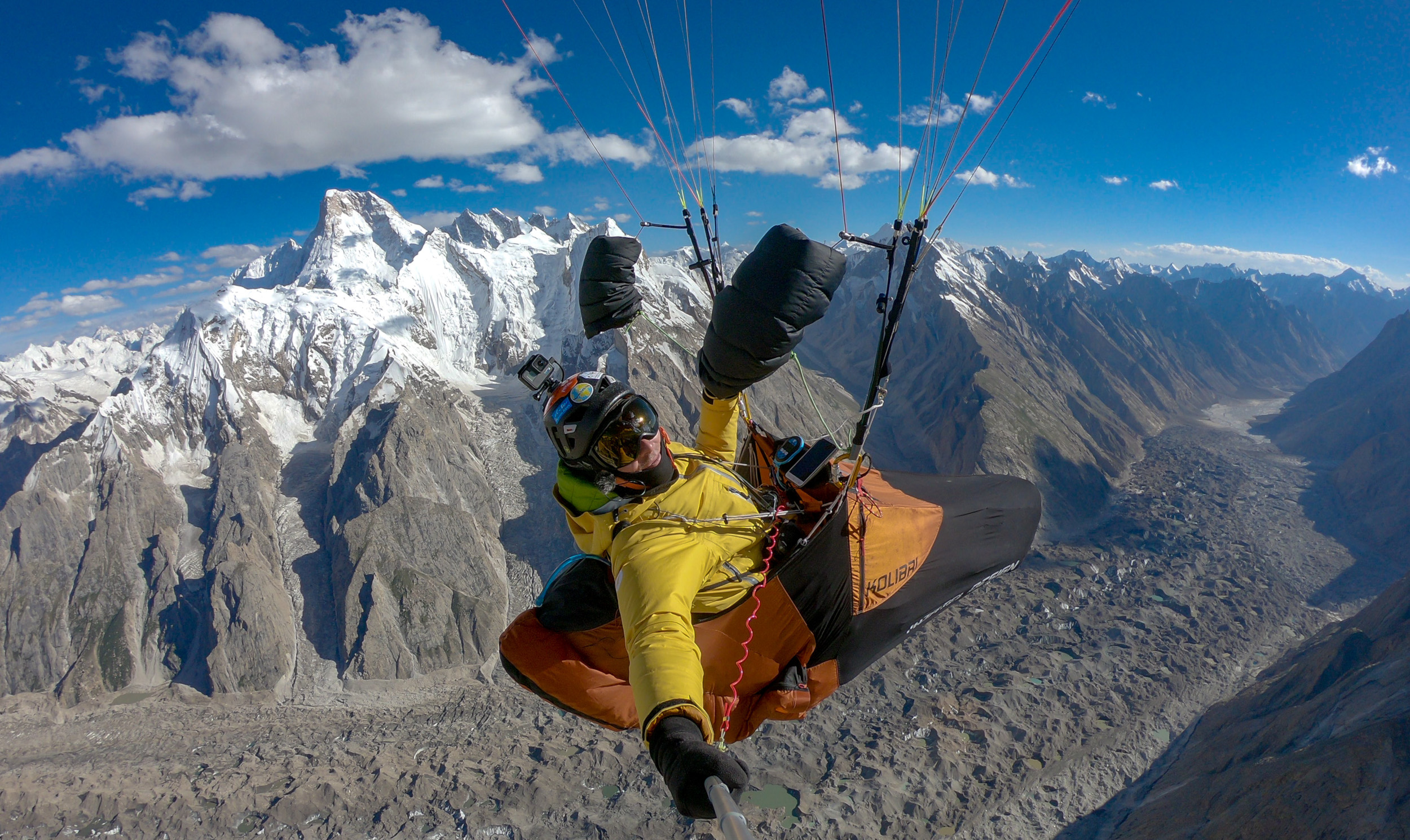
Why and when to switch to a cocoon harness?
There comes a time in a pilot's life when you want to improve your paragliding, and this includes changing your equipment to be more in line with your goal.
As far as the harness is concerned, the major change that often takes place is to move from a so-called "sitting" harness to a cocoon harness. Many questions surround this change:
- Do I have the necessary nlevel?
- Which model to choose?
- How do I get settled in?
- What to do in case of a wing collapse?
- ...
Through this artcile, we will offer some insights to better understand the transition to a cocoon.

WHY
What are the reasons for switching to the cocoon?
The first argument is the gain in aerodynamic performance. It is obvious that a streamlined harness with a cocoon improves the overall performance of the aircraft (glider+pilot+harness) by limiting the frontal area exposed to relative wind, and therefore reducing drag. However, these performance gains should not be the main criterion, as you may be disappointed. At very high level (top level competition, cross country, ...), this performance gain will be interesting to outperform your competitors. But to fly on site and do small cross country, the real gain in performance will not necessarily be here.
The second argument, which is generally discussed, is comfort. Comfort by the support of the legs, but also through the protection against the cold offered by the cocoon.
And this is certainly the aspect which will bring the most performance to your flights!
Indeed, the cold is an important constraint as soon as you fly more than 2-3 hours. The cold settles in gently, so the body has to spend calories (energy) to fight against it. The result is an early fatigue of the cross-country pilot! With fatigue comes a decrease in attention, reflexes, good decision making, and in the end you lose performance in your flight.
Protection against the cold therefore allows a real gain in performance by allowing the rider to be at his maximum for much longer, but also a real plus in terms of safety.
As a third argument, it is evident that " it just looks pretty awsome"! 😉

WHEN
Another major question: when are we "ready" to go under a cocoon?
In order to answer this question, it is necessary to have appreciated the constraints and specificities linked to the use of a cocoon:
- Size & weight: a harness equipped with a cocoon is often more bulky and heavier, and you have to accept it! This can cause "discomfort" in take-off and landing movements and will require additional and learning curve.
- Position and frame of reference: To be comfortable and efficient, a harness equipped with a cocoon must be flown in the "semi-recumbent" to "lying down" position. This position forces the pilot to look for flight information in a relatively high area (horizon / sky / canopy), and will limit the field of vision below the horizon.
- Mechanical balance: Sit-to-lying transition: decrease in roll inertia (decrease of the roll filter, increase in the movements transmitted by the sail), increase in yaw inertia.
- Aerodynamic balance: the change from a "sitting" to a "lying" position clearly changes the aerodynamic balance, especially on the yaw axis, which is combined with the increase in yaw inertia. A sideways gust, a badly dosed reaction and one quickly finds oneself twisted ... This position will require the learning of specific gestures in case of large collapses.
- Stability vs. instability: The lying-down position also makes the harness more "sensitive" to the transmission of information from the wing, especially on the roll axis. Two phenomena combine: a decrease in roll inertia, which acts as a filter on roll oscillations, and a change in the centre of gravity, which is lower, making the whole system more stable. As you raise your legs in a straight forward position and lie down, the centre of gravity rises slightly and makes the pilot/harness more sensitive to roll movements.
The transition to a cocoon harness yields certain positive points (warmth, performance), but it also brings its share of constraints that will have to be accepted and integrated in the way you fly.
The right time to move to the cocoon is when you are aware and aware of the constraints to be taken into account (and accepted!) to get the benefits!
We invite you to find the interview of Max JEANPIERRE on the podcast (from 1 :03 :03) www.cloudbasemayhem.com of our ambassador Gavin Mc CLURG
PILOTS' OPINIONS ...
For me, you can imagine the cocoon as an extra comfort for the pilot.
With more comfort, concentration can then be focused on the more technical and tactical aspects of the flight.
This transition to the cocoon can take place provided one has sufficient technical knowledge to exploit all its resources. Indeed, the risks in the case of large collapses are greater and more difficult to manage than in a seated harness.
It is therefore necessary to live in planned situation (SIV) this difference in management between a sitting and lying harness.
You go under a cocoon for several reasons: the comfort against the cold (so you can get through it quite quickly) the performance (in these cases, wait until you have a real need for performance and an adapted wing)
We will therefore not take the same harness for the first cross country flight on snowy summits with your little B-wing where we just care for the incredible landscape (but where it's cold), and a world cup round where each 0.1 pt of finesse makes the difference in making the goal or not.
Pro tip: when you transition "young" (in the life of a pilot) to a cocoon, you must not forget to do so gradually ... That is to say, find a cocoon as seated as possible to find your marks with respect to your old harness, and lie down gradually (or anticipate it with his seated harness by starting to lie down gradually).
When and why switch to a cocoon harness?
Do I need it? What's it going to bring me!
To go to a cocoon:
- It is necessary to know the type of practices you want, in order to orient ourselves towards the different products.
- Having a sufficient level, according to the requirements of the wing and the wing / harness cohesion.
- Necessity of comfort, stay several hours in the air, ergonomics, positioning to not get tired, stay warm.
Caution: never change harness and wing at the same time!
